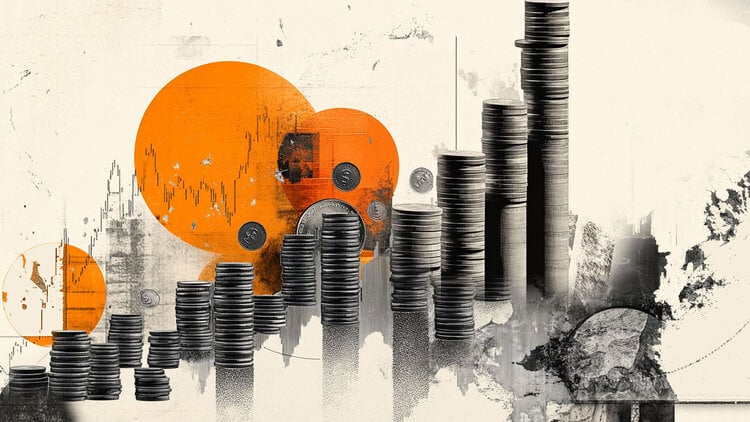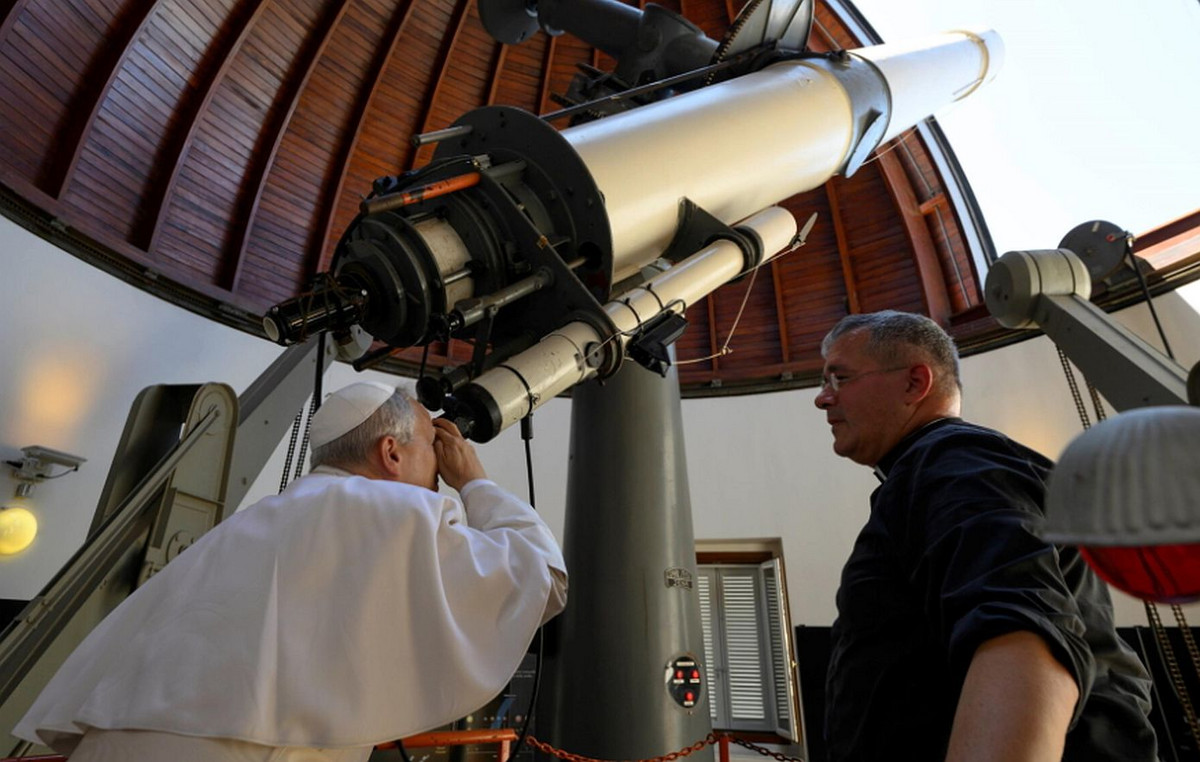By Bill Dudley
How high will interest rates be raised by the US Federal Reserve? This is a crucial question, given that trillions of dollars worth of stocks and bonds worldwide are affected by its movements and the effect they will have.
For the markets, the response implied by recent statements by Fed Chairman Jerome Powell is not comforting: interest rates are likely to be much higher than most people think.
Indications
Powell did not make a specific prediction in his most recent press conference last week. However, he gave some indications. First, he said the Fed was moving “rapidly” toward a neutral interest rate level, which in practice would mean a 50 basis point increase at each of the next meetings of the Federal Open Market Committee (FOMC). Second, he hinted that a neutral level would likely mean 2% to 3% – assuming inflation would be within the Fed’s 2% target. In terms of inflation, this means a short-term rate of 0% to 1%.
The link between neutral interest rates and inflation deserves much more attention than the one it received. It means that if underlying inflation remains high, reaching the “neutral” level will require the Fed to drive interest rates much higher than the 2% to 3% range.
Distinguishing the underlying inflation trend will not be easy, given the sharp shifts in demand – first to goods and now back to services – and persistent supply chain disruptions exacerbated by the war in Ukraine, as well as shutdowns related to the Covid pandemic in China.
Neutral
Judging by the labor market, underlying inflation is well above the Fed’s 2% target. Average hourly earnings increased by 5.5% compared to the same period last year – which, if we calculate a typical increase in productivity of 1.5% to 2%, implies inflation of 3.5% to 4%.
This, in turn, suggests that a neutral federal fund rate in the US would be around 4% – higher than what futures markets are currently expecting.
Even 4%, however, could easily be underestimated. First, the extreme “tightness” in the labor market can push wage inflation even higher. The Fed is also continuing to provide monetary stimulus through its huge holdings of US government bonds and mortgages, which will take three to four years to decline. As long as the Fed continues to hold such assets, the neutral short-term interest rate will be higher than it would otherwise be.
In addition, the Fed may need to move significantly beyond the neutral interest rate level to bring inflation under control. Powell has so far refused to comment on such a possibility, arguing that the central bank must first reach a neutral position before deciding whether to go any further.
The wrong optimism
This optimism is wrong. It reinforces the frightening disconnect between Fed officials’ commitment to curbing inflation and their reluctance to explain what that commitment entails.
It is hard to imagine that the Fed could face inflation persistently above its target without driving interest rates high enough to significantly ease an extremely “tight” labor market. However, in their forecasts for March, US central bankers still predict that inflation will fall to a very short distance from their target, even though the unemployment rate has remained below the level that they consider compatible with a steady inflation.
If monetary policy works through financial conditions, as Powell and I agree, why hide what needs to be done to keep inflation under control?
If the central bank’s messages lead market participants to underestimate the future tightening, it will leave financial conditions looser today, requiring the Fed to do more work through short-term interest rates. Worse, the Fed’s “sugar coating” could undermine its credibility and therefore its ability to do its job.
The Fed needs to be clearer about the means needed to achieve its goals. Brutal honesty could save everyone from a lot of trouble at the end of the day.
Source: Bloomberg
I’m Ava Paul, an experienced news website author with a special focus on the entertainment section. Over the past five years, I have worked in various positions of media and communication at World Stock Market. My experience has given me extensive knowledge in writing, editing, researching and reporting on stories related to the entertainment industry.







